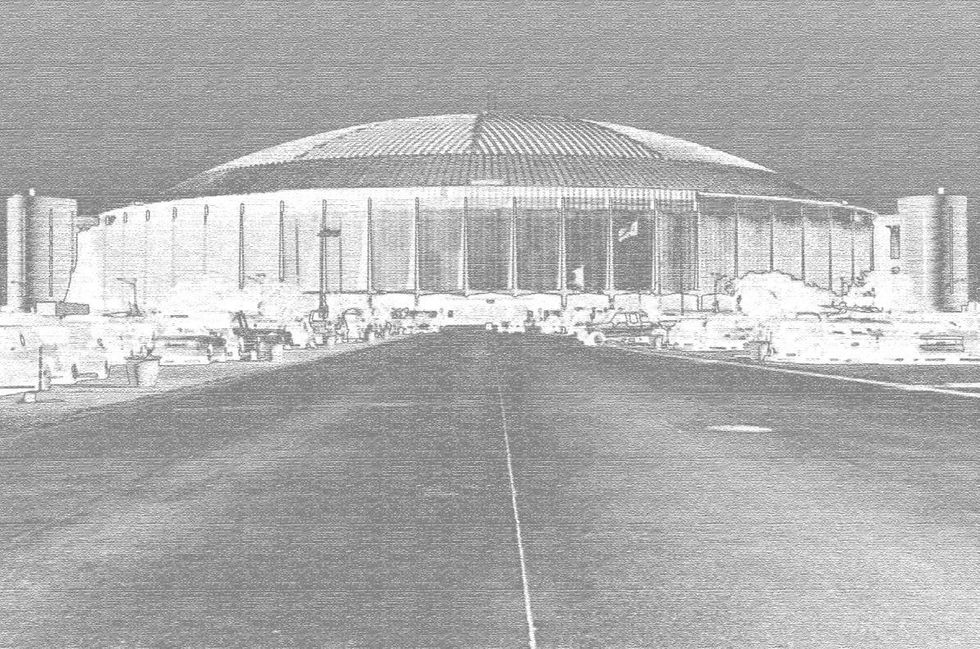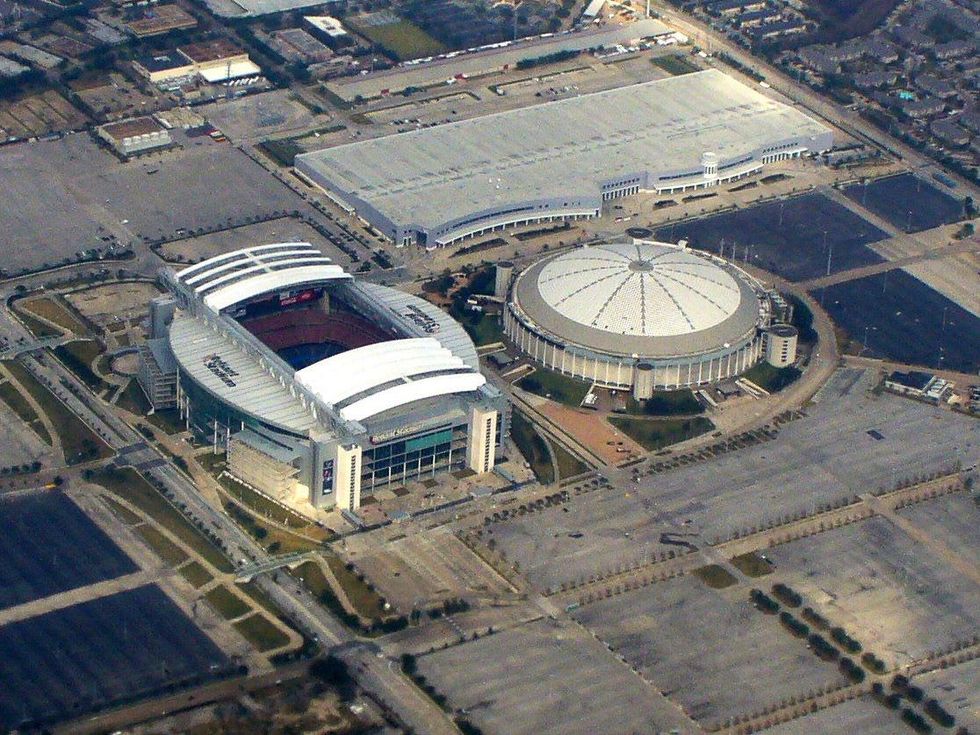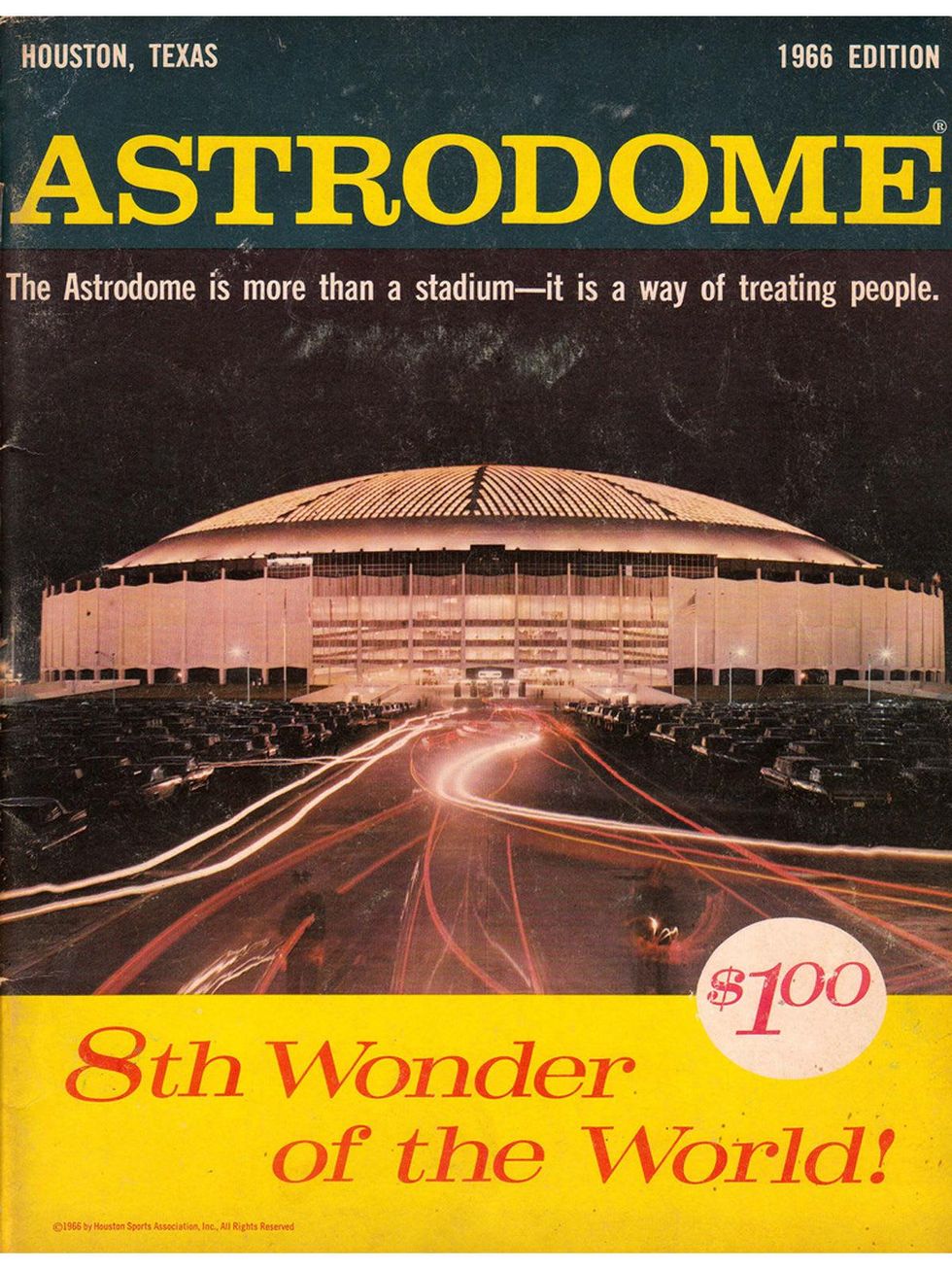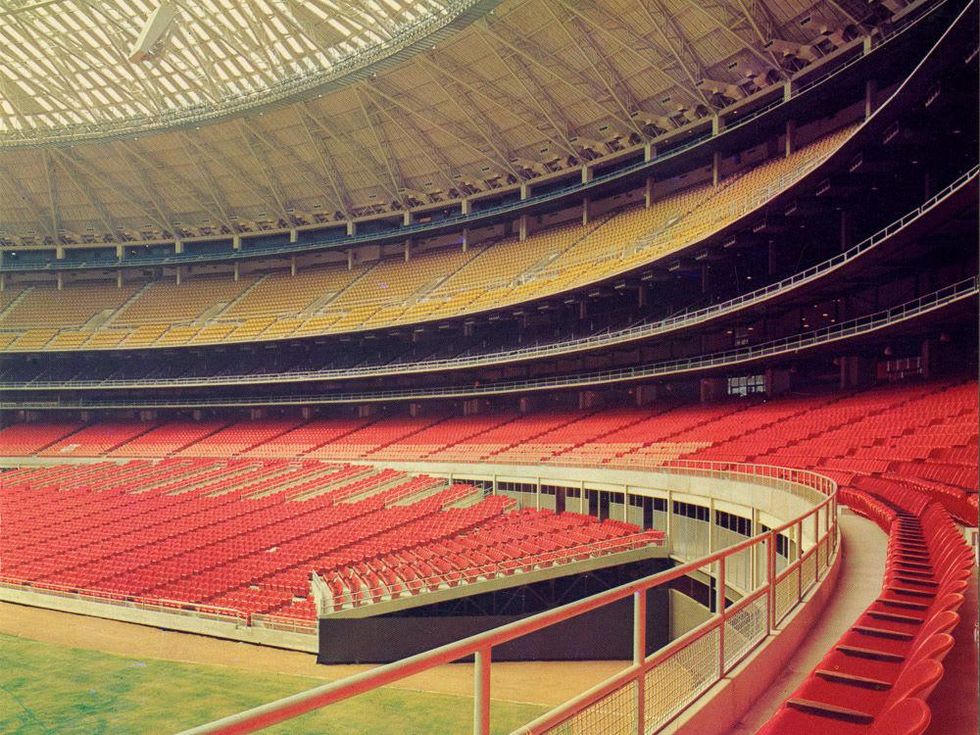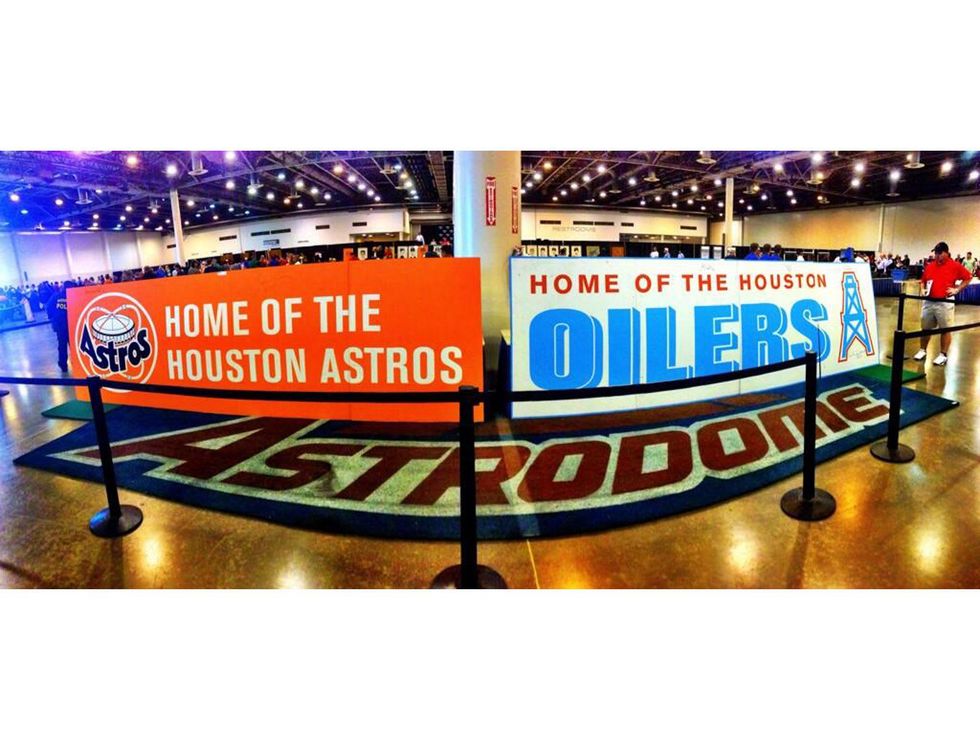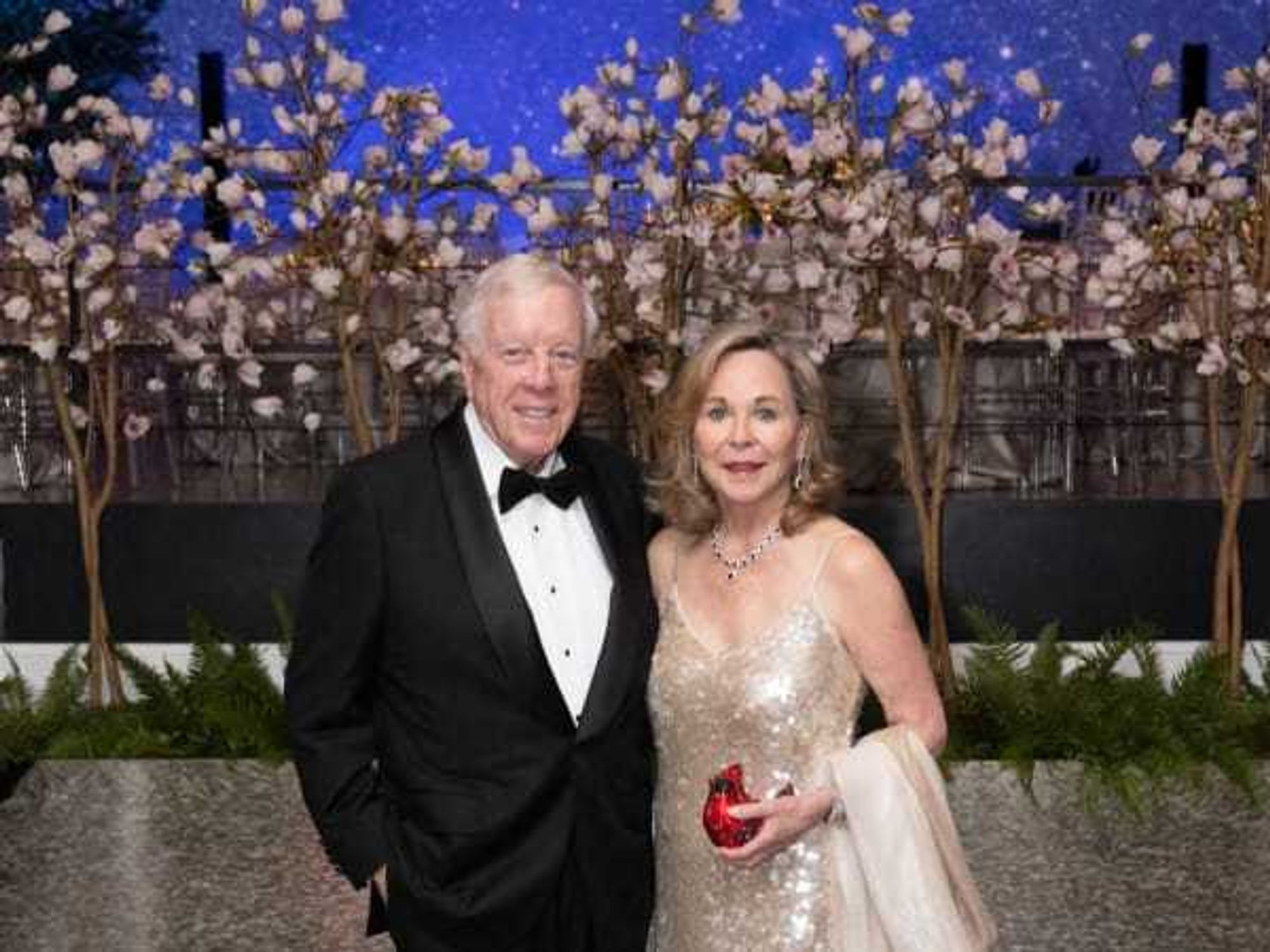Astrodome Shocker
Astrodome shocker: Houston sends a strong message that it doesn't care about its past — again
Most cities care about their past. But Houston doesn't.
That's the message I got from Tuesday's election, where voters decisively turned down a proposal to issue $217 million in bonds to refurbish the neglected "Eight Wonder of the World" into a multi-purpose event center.
Supporters of Proposition 2 ran a miserable campaign. City and county leaders offered lukewarm support. No one gave the undecideds a reason to support the Dome. In a low turnout election where voters were in a sour mood — heck, even football-crazy Katy residents turned down a Taj Mahal high school stadium — that's a recipe for disaster.
The best case for saving the Dome I've heard lately came from, of all places, the Los Angeles Times, where architecture critic Christopher Hawthorne wrote an impassioned plea that was published the day of the election. The column started like this:
Forget Monticello or the Chrysler building: There may be no piece of architecture more quintessentially American than the Astrodome. Widely copied after it opened in 1965, it perfectly embodies postwar U.S. culture in its brash combination of Space Age glamour, broad-shouldered scale and total climate control. It also offers a key case study in how modern architecture treated the natural world — and how radically the balance of power in that relationship has shifted over the last half-century."
He's not the only outsider who sees beauty in the Dome. When I interviewed race car driver Charlie Kimball last month before the Shell Pennzoil Grand Prix of Houston, he said the highlight would be racing around the Astrodome. He reverently recalled the history of the building, including the famous "Battle of the Sexes" tennis match between Billie Jean King and Bobby Riggs, in a way that I've never heard any Houstonian mention.
Even Rand Paul's favorite source of information, Wikipedia, heaps praise on the Dome. It notes that in a poll of "America's Favorite Architecture" commissioned by the American Institute of Architects in 2007, the Astrodome was ranked among the top 150 architecture projects in America.
Instead, Houstonians see it as a resting place for feral cats and broken dreams.
In a city that likes to tear down anything with memories — from the grand old movies palaces and Foley's store in downtown to the Shamrock Hilton and the Prudential Building in the Medical Center — to build architecturally inferior buildings or nothing at all, it shouldn't come as a great surprise that so few people see the value of the stadium.
But I see it as the embodiment of all that Houston represents: It was a crazy idea built on a swamp by a man with a vision. An indoor stadium with fake grass was just about the most improbable thing imaginable in 1965, but Judge Roy Hofheinz made it so special that even the President and Lady Bird attended the opening. And the world took note.
As a kid on vacation in Houston for the first time, not long thereafter, I bought into Hofheinz's vision. The Astrodome was just about the coolest thing ever. I still recall the rainbow-colored seats — we sat in the nosebleed section — and the magic scoreboard that featured a full minute of snorting bulls and fireworks when someone from the hometown Astros hit a home run.
That, and the swimming pool at the Shamrock that was so large a water ski boat could fit in it, convinced me that Houston was a magical place.
Now it's just like everywhere else.
Just the other night, when the Texans lost a heartbreaker to the Indianapolis Colts on national TV, I was reminded how special the Astrodome is. NBC went wild with overhead blimp shots of Reliant Stadium after every commercial break. But even it is half-darkened state, the Dome, sitting next door, look far more mysterious and interesting than the nondescript (i.e, boring) open-roof stadium.
We had a chance to make the Astrodome a place to remember — again. But we blew it.
With the Super Bowl approaching in 2017, I'm sure county officials can't wait to tear it down and put up another parking lot.
That's just what Houston needs.
